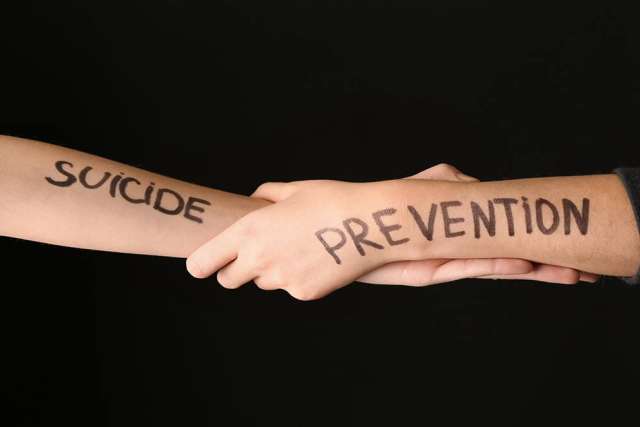Suicide is now the second leading cause of death in the U.S. for young people between the ages of 10 and 24. While some populations of youth are more at risk for suicide, many suicides can be prevented.
Why is suicide on the rise among young children and teens?
There is no concrete evidence to explain why suicidal ideation is on the rise, but there are theories, predominantly linked to the near-constant access to smartphones, including:
- Cyberbullying: Many children are now harassed in text messages and on social media sites such as Snapchat and Instagram. Often, parents are unaware.
- FOMO: Fear of missing out has many teens using filters to portray in images that life is perfect, leaving other kids feeling their lives are lackluster or that they need to keep up with appearances. Kids also often know if they’ve been excluded from gatherings.
- Sleep deprivation: Constant phone use often drives children to stay up late, interfering with quantity and quality of sleep. Lack of sleep can have a direct impact on mood.
Research shows that children who spent the most time on their smartphones were more likely to have suicidal thoughts or actions.
Other potential factors include:
- Being overscheduled with sports and other activities
- Pursuing academic excellence to get into a top college
- Lack of access to mental health care due to provider shortage
Which teens are most at risk for suicide?
Risk factors are not predictors of suicidal ideation or action. But children who have fewer protective factors such as strong family connections and access to quality physical and mental health care may be more susceptible. Other youth suicide risk factors include:
- Access: Having easy access to guns, pills or other lethal means
- Bullying: Being a victim of bullying behavior, but also bullying others
- Mental health concerns: Experiencing depression and ADHD (which makes children more impulsive) or other mental health conditions
- Sexual orientation: Identifying as LGBTQ+, particularly without the support of family or friends
- Substance abuse: Using or abusing alcohol or drugs
- Suicidal history: Having made previous attempts and having family members who attempted or died by suicide
- Traumatic events or situations: Experiencing events such as divorce, child abuse or death of loved ones, or financial stressors
3 suicide warning signs to watch for
People who have suicidal ideation or action generally exhibit one or more of these warning signs:
Behavior changes
Be on the lookout for these behaviors, particularly if they occur abruptly:
- Change in sleep habits, fatigue
- New or increased use of alcohol or drugs
- Online searches about suicide methods
- Giving away possessions
- Saying goodbye to people
- Withdrawing from activities, friends or family
Speaking out
Saying “I want to kill myself” is a red flag, as are these statements:
- “I can’t stand the pain.”
- “I feel trapped.”
- “I have no reason to live.”
- “I’m a burden.”
- “It’s hopeless.”
- “Soon I won’t be a problem anymore.”
Mood changes
Warning signs include:
- Anger
- Depression or anxiety
- Feeling shameful
- Irritation or agitation
- Lack of interest in things that used to provide joy or interest
Youth suicide prevention: 4 steps you can take
If you suspect a friend or family member is contemplating suicide, take these steps:
- Believe them: Don’t assume just because the person is young that he or she is seeking attention. Listen and believe the person is hurting. Provide reassurance that this feeling will not be forever.
- Supervise: Do not leave the youth alone.
- Remove tools for self-harm: Make sure guns, pills, knives and any other means of self-harm are unavailable. Guns are used in more than half of all youth suicides.
- Seek help: Find a mental health professional or visit the emergency department in the case of heightened risk.
If you are concerned that your child is at risk for suicide, contact his or her primary care physician. You can also contact the National Suicide Prevention Lifeline at 800-273-TALK.



